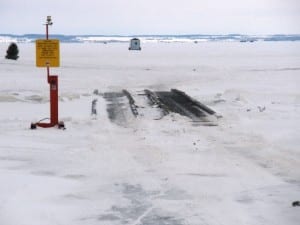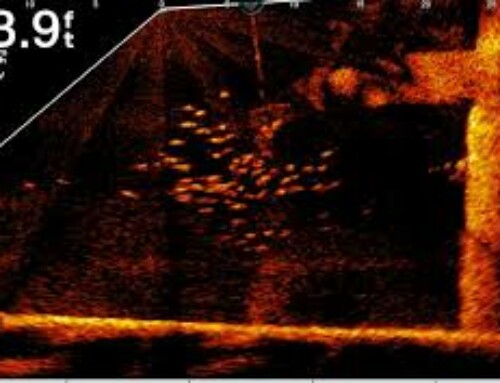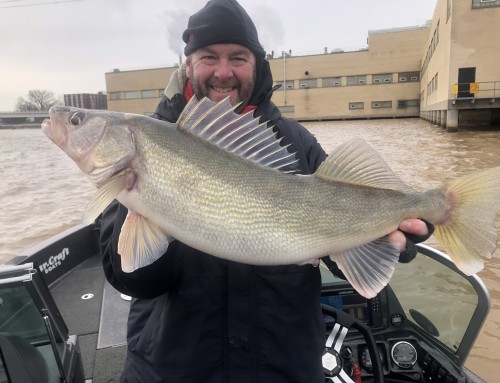Lake Winnebago continues to be one of the most unique lakes in the United States, and that uniqueness is very evident come every January. As the lake’s ice thickens, vehicle (cars and trucks) travel starts to emerge on the ice, starting with a few early season gamblers followed by the masses. For many anglers, the day the local fishing clubs place the “ice bridges” is a signal that it is safe to drive on the lake.
The annual signal is just that….a signal. The ice is never always 100% safe, and never will be. But those bridges instill general confidence in the likelihood of returning to shore without a truck wash.
 The bridge system is required to access many portions of the lake which would not be viable without a crossing system. The barriers to unencumbered travel include cracks in the ice which develop from normal shifting during the winter. Another culprit is the ice shoves which develop on the ice. The shoves are similar to piles of snow found in many parking lots during the winter, except that they are made of ice.
The bridge system is required to access many portions of the lake which would not be viable without a crossing system. The barriers to unencumbered travel include cracks in the ice which develop from normal shifting during the winter. Another culprit is the ice shoves which develop on the ice. The shoves are similar to piles of snow found in many parking lots during the winter, except that they are made of ice.
A roadway system is then developed, indicating the locations of the bridges and safe crossing locations over the hazards. The “iceway” is marked with abandoned Christmas trees. One tree is one mile out, two trees side by side indicates that you are two miles off shore and etc. In general, the trees are placed about a tenth of a mile (a city block) apart. Trees laying on their sides, is a warning of danger, and potential a weak spot on the ice. The trees can also become a safety net when weather conditions turn foul, and anglers become disorientated trying to find their way back to safe harbor.
One of the fishing organizations which support the bridge system is the West Shore Fishing Club (established in 1962), located in Van Dyne, WI. The club funds the bridges via donations made by users at several area establishments, and also solicits donations at some select bridge locations during peaks times such as Sturgeon Spearing in February. Otter Street Fishing Club also places bridges in the Oshkosh area.
The time, resources and energy spent on building, maintaining, and placing the bridges comes from volunteers from within the organization. Shawn Wendt, Treasurer of the West Shore Fishing Club (WSFC), says each bridge has an estimated cost of approximately $12,000 and they currently maintain four bridge systems which cover the lower southeastern shore of Lake Winnebago. During the peak season WSFC maintains over 12 miles of iceways in this area, which includes plowing the ice surface after snowfalls or heavy winds.
The club bylaws will not allow placement of the bridges, or maintenance of the iceway if less than 12” of ice are found.
Without the support from area fishing clubs, much of the 237,000 acres lake would become inaccessible for the winter without considerable risk from “jumping the cracks.” The coordinated efforts of these clubs ensure Lake Winnebago’s wintertime safety, pleasure and recreation. A big thank you goes out to all of these volunteers and organizations for their hard work, and continued efforts to keep Lake Winnebago iceways operational.





